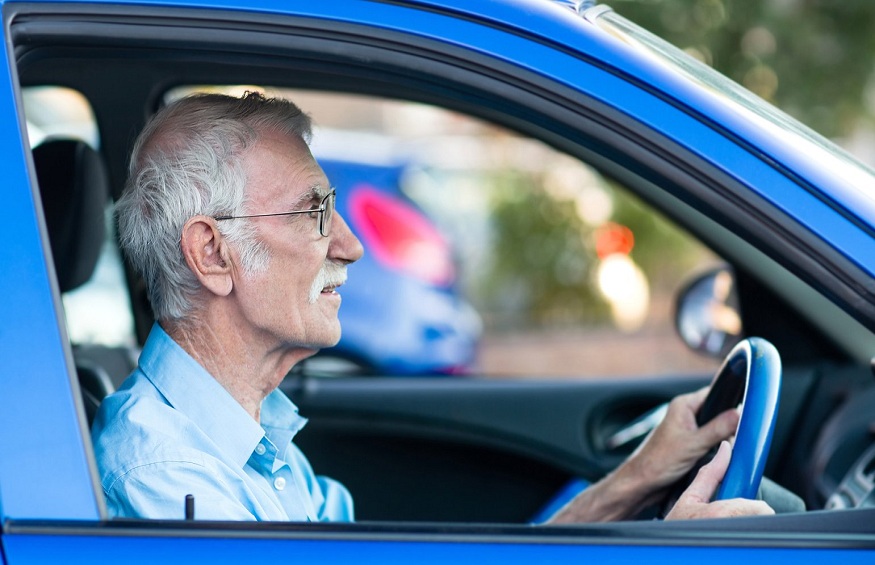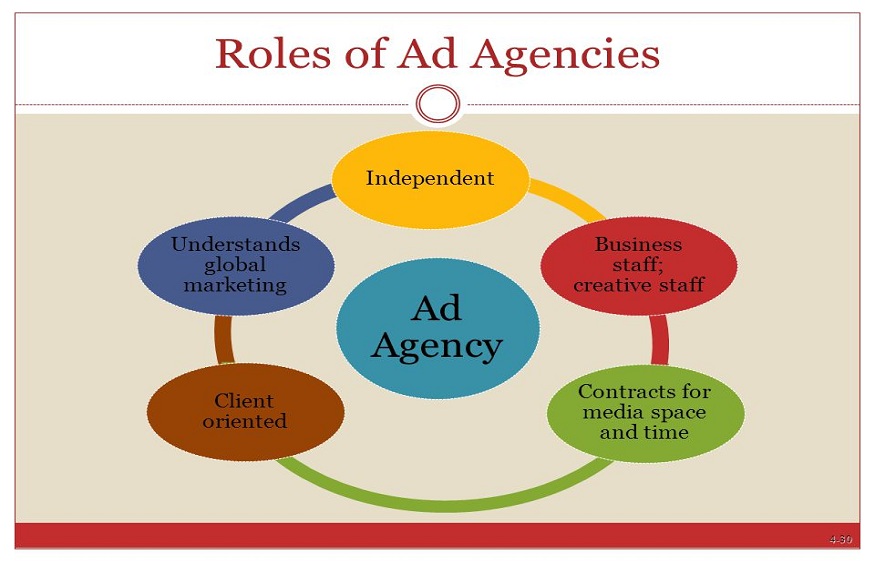
Things Your Driving Instructor Never Taught You
Although it is easy to assume that once you pass your test, your motoring education is over, the truth is that drivers learn every single day.Driving instructor that instruct you about rules will play a important role about certain things that may help you.
You don’t learn certain things from your instructor, whether it’s how you can be courteous and drive safely or how to avoid violating the law.
This list contains 17 things that every motorist should know.
1. How to deal Avec “queue-jumpers” when lanes merge
Some motorists have been annoyed and confused by drivers passing them on their right-hand lane, only to then zip-merge at the last minute.
According to law, these so-called “queue jumpers” are right. Zip-merging is more common than you might think and helps ease congestion at the traffic pinch point.
If two lanes merge, motorists must use both lanes, up to the point where the lane is closed, then they should take turns merging into one lane just like a zipper.
Drivers who merge before the time is up are causing more problems by merging too soon.
2. How to get rid of ice on your windscreen
It’s possible to be late and need to de-ice the windscreen before you set off. You could try “potholing”, which is a way to save time.
However, you should not do this as you could face a PS60 fine and even three penalty points if your vehicle is deemed unsafe.
Removing ice from the driver’s windshield is not enough. Use the wipers to de-ice all of it.
By law, the driver must see the road and traffic in front of him/her. Therefore, it is important to take extra time to clear your windscreen as well as your mirrors.
3. Paying by your phone at a drive-thru
While it may not be the healthiest option, the drive-thru can be a great place to grab a quick bite while you wait. But make sure you don’t get a heavy fine for doing so.
Paying with your Smartphone at the cashier could technically mean you violate laws regarding the use of hand-held devices while driving. You could receive a PS200 fine or six penalty points.
When your engine is running your phone should not be near it. This holds even if your engine has stopped running to save fuel (called “start-stop” technology).
4. How to properly use your Horn
While some countries have streets that are filled with constant horn honking, the UK is more reserved about our horn tones. You should not use it to notify other road users of your presence and other road hazards.
Your horn should never be used in a hostile manner. It can cause other road users to get agitated.
5. Boiling water on your windscreen
On a cold winter morning, it might be tempting to boil some water and fill up the kettle. But don’t think about it.
Extreme temperature changes (from freezing to boiling), can cause cracks or shattering of the windscreen. This will make your vehicle unsafe to drive and leave you with a large bill to replace it.
6. How to use full beam headlights
If you spend a lot of driving at night on rural roads with limited or no street lighting, full beam headlights may be a great option. But to ensure your safety on the road, it is imperative that you properly use them.
If you come across another vehicle, it is important to switch to dipped beams so that you don’t stun them. This is more than being friendly. They could lose control of their vehicle if they are blinded by full-beam headlights.
7. You can change the mode of the rear-view mirror
You may have wondered what the switch is at the bottom of your rear-view mirror. It’s an easy feature that switches your rearview mirror from “day” mode to “night”.
It can be helpful to switch from day to night so you can deal with the difficulties of driving at night. As the reflection gets dimmer, you can better see what is behind you.
8. How to check your tire pressure
A lot of motorists forget to check their tire pressure between MOT and the next. You should remember that a tire may be overinflated but not appear flat to the eye.
You will see a decrease in vehicle performance and fuel consumption. It could even cause a blow-out, which could lead to a collision.
Check your tire pressure when they are cold. Before you go on your journey. This will allow you to get the most accurate readings. Warm, freshly driven-on tires could give you a false reading.
9. What rubbernecking is and why you shouldn’t do it
It is not only distracting to those involved in a crash, but it can also cause a buildup of traffic behind the victim.
If you are caught taking photos or filming the scene of a collision you could face heavy fines, having your phone seized, and even a driving ban.
10. Bewildering pedestrians
You will be annoyed if you get splashed by a speeding car through puddles.






